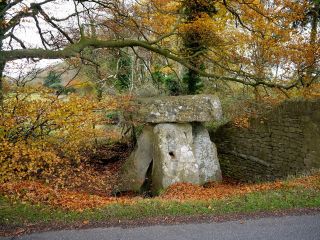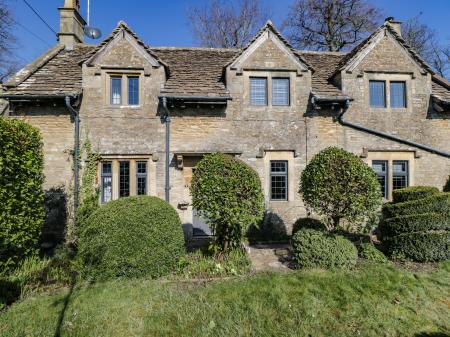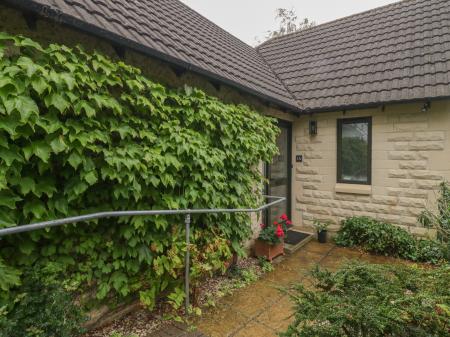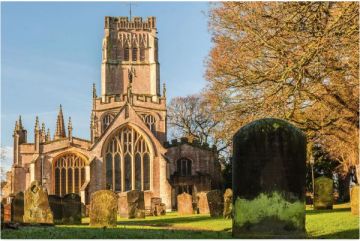
The stones may have come from a chambered tomb, but if so, the tomb was not in this location originally. The burial chamber was erected around 1859, possibly after a public appeal for funds, on the meeting place of the county boundaries. So, even if the stones originally came from a burial chamber, the site might more accurately be described as a 'folly'.
Another version of the site origin suggests that the chamber was built around 1736, reusing stones from an existing tomb. When a hole was excavated to support the Gloucestershire stone, the bones of three skeletons were unearthed along with a coin from the reign of James II.
The upright stones are about 2 metres high and 1 metre wide. The capstone is roughly the same shape and size. Within the chamber is a cist, or stone chest built from 4 stones.
Author JRR Tolkien may have used the Three Shires Stones as the model for the Three-Farthings Stone in his Lord of the Rings trilogy. The Four Shire Stone near Moreton-in-Marsh has also been proposed as Tolkien's inspiration. The Four Shire Stone seems to be a much more likely inspiration for Tolkien, who regularly visited the area.
The location is close to the point where tradition suggests that St Augustine met a group of British bishops during his mission to convert the British Isles to Roman Catholic Christianity.
So, are the Three Stones a legitimate ancient monument? It seems unlikely, and even the provenance of the stones is subject to doubt.
 We've 'tagged' this attraction information to help you find related historic attractions and learn more about major time periods mentioned.
We've 'tagged' this attraction information to help you find related historic attractions and learn more about major time periods mentioned.




